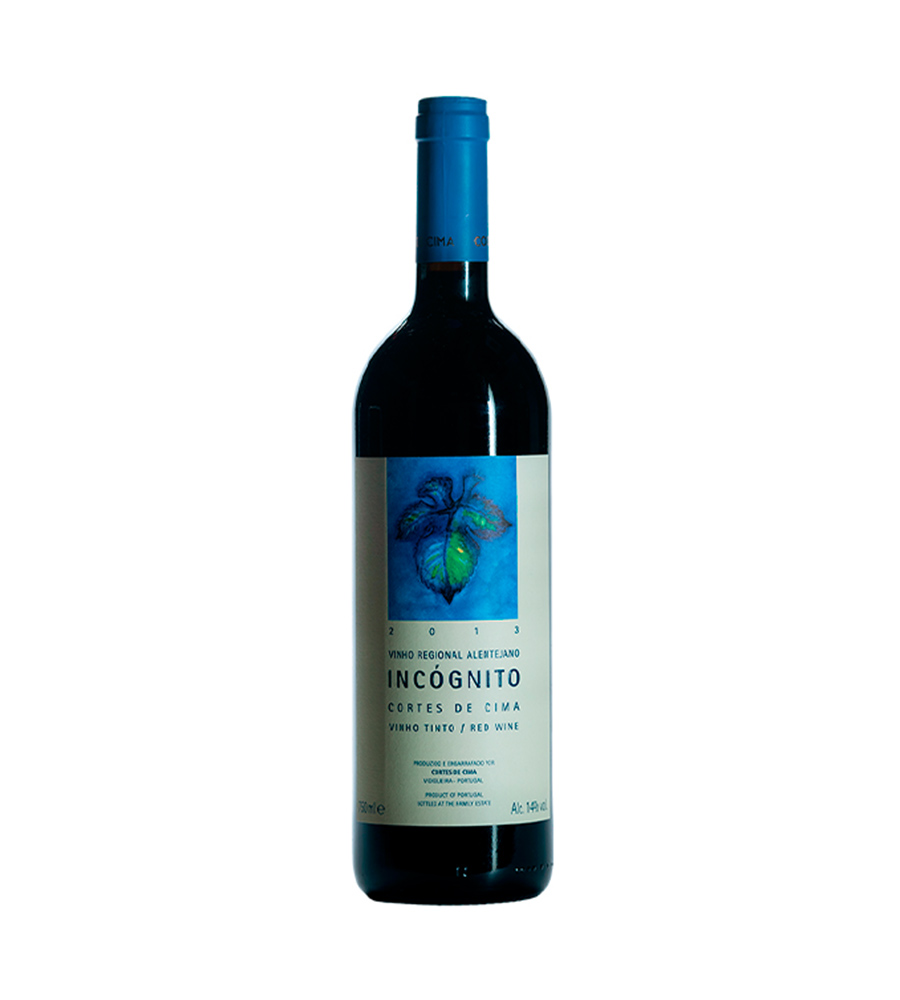Our story starts with a sailboat. In 1888 at the age of 16, Francisco Correia Sarmento set out in a sailboat from Santa Cruz da Graciosa, Azores to America. From Boston he moved to the Wild West of California, married an English immigrant, and 3 generations later, Carrie was born.
Fast forward 100 years and another sailboat. Hans, a Dane had been working for 20 years in Malaysia as an oil palm engineer, meets Carrie, and they decide to trade the tropical plantation lifestyle for a sailboat, and set out around Europe in search of a place to start a family and plant a vineyard.
In 1988 our sailboat brought us to Vidigueira, albeit 100 km inland from the rugged Atlantic west coast. The oak-clad rolling hills reminded Carrie of her native California, and the proximity of the 400 meters high Serra do Mendro convinced Hans that it was a perfect location for making wine. The Romans had already discovered this area to be an excellent place to grow grapes and olives – way back in 65AD when Caeser commandeered Alentejo from Beja. Their trees still stand here and even produce olives!
Cortes de Cima, when we first moved there in 1988, was what is considered by Alentejan standards a ‘medium sized’ farm of 375 ha of olive groves and traditional dry arable land. First things first – we did up the old ‘monte’ (the white farm buildings perched on the hill), put in electricity, and built our own dam for irrigation. With that in order, in 1991 we started planting our first vineyards, and the first of our 2 children was born.
In planting our vineyards, Hans decided to do it ‘my way’ following neither local advice nor regulations. Vidigueira in those days was known for it’s white varieties, for which we didn’t think the warm climate was suitable, so we planted reds. We were also advised to follow the DOC system with traditional varieties and traditional French cordon trellising- and did neither. Following the advice of an Australian ‘Vine Dr’ (Dr. Richard Smart), we adopted a raised open canopy for our vineyard trellising. Against the DOC rules we planted Syrah, as Hans was convinced it would thrive in our climate. Later on, the fame of our Syrah, surreptitiously named Incógnito, would eventually force the rules to be changed.
One must wait at least 5 to 6 years from planting vineyards until the first bottle of wine can be sold. So after planting our first 50 hectares of vineyard and 50 hectares of olive trees, we turned to horticulture in the interim years for income – growing tomatoes, melons, and broccoli for the fresh markets.
In 1996, the first vintage of Cortes de Cima emerged – grown, produced and bottled on the family estate. The local wine writers did not hide their disdain and panned our wine style. Smarting, we decided to send our wines from the first 2 vintages (1996 and 1997) to the International Wine Challenge London 1998, and were vindicated by winning the top medals for Portugal! Next, our first ‘illegal’ Syrah, Incógnito 1998, won a Gold Medal in Brussels, and was picked by Jancis Robinson as one of her favorite Portuguese wines. It didn’t take long before the Portuguese press heralded us as the latest ‘Wine Discovery’ and our fame in Portugal was sealed, and Cortes de Cima, Chaminé and Incógnito were on their way to becoming the well known ‘iconic’ brands that they are today.
Today, Cortes de Cima, is still a family run vineyard and winery under the daily supervision of Hans (winemaker) and Carrie Jorgensen (marketing), although our children, born and raised in the Alentejo, have ‘flown the nest’. Our vineyards now consist of 130 ha of mainly Aragonês, Syrah, Touriga Nacional, Trincadeira, Petit Verdot, Anton Vaz and Verdelho, but Hans has not lost his love of experimenting with new varieties. Hankering back to the old Malaysian days when Hans worked with palm oil, we also produce and bottle our own extra virgin Olive Oil.


